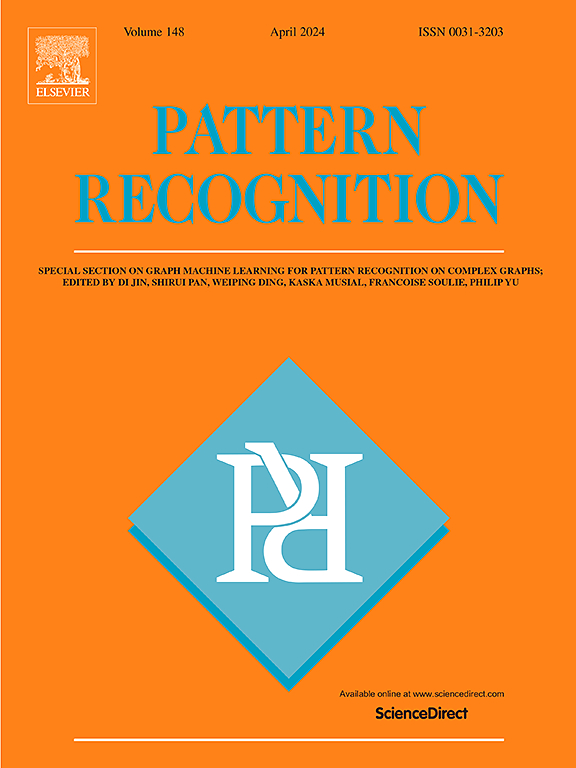Fusing deep and hand-crafted features by deep canonically correlated contractive autoencoder for offline signature verification
IF 7.5
1区 计算机科学
Q1 COMPUTER SCIENCE, ARTIFICIAL INTELLIGENCE
引用次数: 0
Abstract
Handwritten signatures are currently the most widely used and recognized form of identity authorization, which is a significant way for individuals to express their identity to information. Since the forgers learn information about the genuine signatures from the target signer in advance, there are usually only minor discrepancies between skilled forged and genuine signatures. Therefore, building an automatic handwritten signature verification system to recognize skilled forgeries is a worthy challenging task. In this paper, to learn a good representation for distinguishing skilled forged and genuine signatures, we propose an offline handwritten signature verification system that fuses deep learning-based and hand-crafted features, which combines the merits of different views of features. Specifically, a novel multi-view representation learning method is proposed, named Deep Canonically Correlated Contractive Autoencoder (DCCCAE) for learning combined representations between deep and hand-crafted features. After the feature learning process, we train Support Vector Machines (SVMs) as writer-dependent classifiers for each signer to build the completed verification system. Extensive experiments and analyses on four different language datasets, such as English (CEDAR), Persian (UTSig), Bengali and Hindi (BHSig), and Chinese (SigComp2011) demonstrate that the proposed system improves the learning ability compared with the single view features and achieve the competitive performance compared with the state-of-the-art verification systems.
采用深度正则相关压缩自编码器融合深度特征和手工特征,实现离线签名验证
手写签名是目前使用最广泛和公认的身份授权形式,是个人对信息表达身份的重要方式。由于伪造者事先从目标签名者那里了解了真实签名的信息,因此熟练伪造的签名与真实签名之间通常只有很小的差异。因此,建立一个识别熟练伪造者的手写签名自动验证系统是一项值得挑战的任务。为了更好地区分熟练伪造和真实签名,本文提出了一种融合深度学习和手工特征的离线手写签名验证系统,该系统结合了不同特征观点的优点。具体而言,提出了一种新的多视图表示学习方法,称为深度经典相关收缩自编码器(DCCCAE),用于学习深度特征和手工特征之间的组合表示。在特征学习过程之后,我们训练支持向量机(svm)作为每个签名者的作者依赖分类器来构建完整的验证系统。在英语(CEDAR)、波斯语(UTSig)、孟加拉语和印地语(BHSig)以及中文(SigComp2011)等四种不同语言数据集上进行的大量实验和分析表明,与单视图特征相比,所提出的系统提高了学习能力,并取得了与最先进的验证系统相比具有竞争力的性能。
本文章由计算机程序翻译,如有差异,请以英文原文为准。
求助全文
约1分钟内获得全文
求助全文
来源期刊

Pattern Recognition
工程技术-工程:电子与电气
CiteScore
14.40
自引率
16.20%
发文量
683
审稿时长
5.6 months
期刊介绍:
The field of Pattern Recognition is both mature and rapidly evolving, playing a crucial role in various related fields such as computer vision, image processing, text analysis, and neural networks. It closely intersects with machine learning and is being applied in emerging areas like biometrics, bioinformatics, multimedia data analysis, and data science. The journal Pattern Recognition, established half a century ago during the early days of computer science, has since grown significantly in scope and influence.
 求助内容:
求助内容: 应助结果提醒方式:
应助结果提醒方式:


